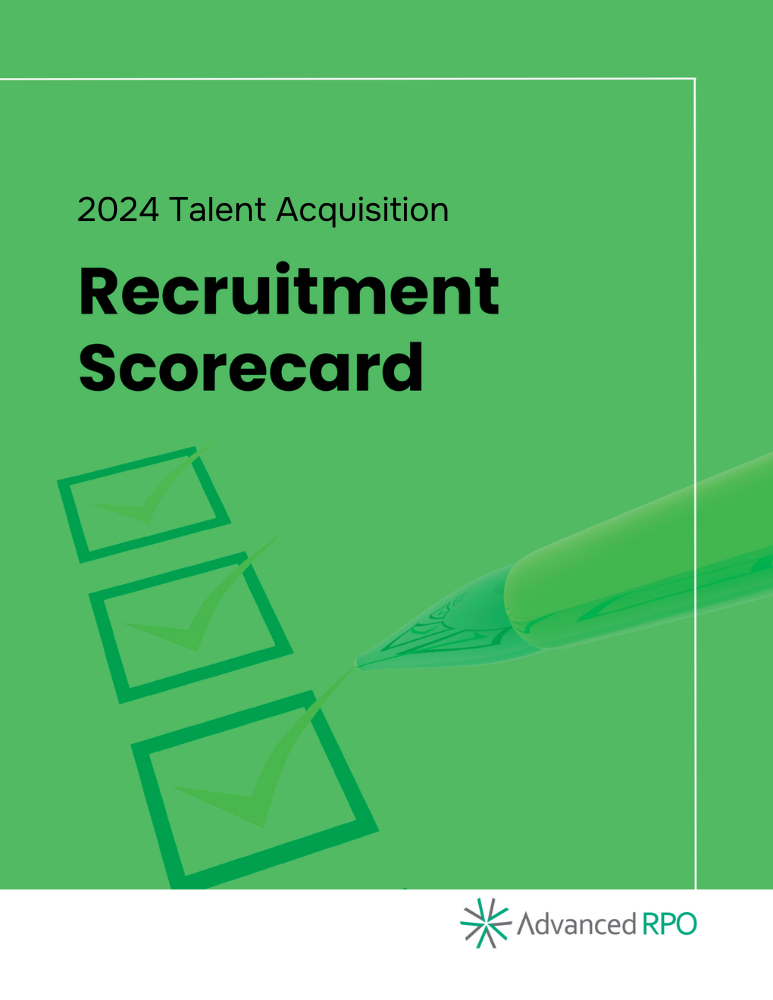2024 Recruitment Scorecard
Jumpstart your talent acquisition improvement plan with an 8-step recruiting program evaluation.
The recruitment scorecard is a self-assessment tool employers and their HR and recruiting teams use to audit their current recruiting and hiring effectiveness, identify areas to improve and prioritize next steps for growth.
This tool helps your organization evaluate and then elevate:
- ATS implementation & configuration
- Job post content & visibility
- Sourcing capabilities
- Job application design
- Hiring process
- Compensation
- Hiring manager training & experience
- Employer brand and employee value proposition
Download the 2024 Recruitment Scorecard

Why it’s important to evaluate your talent acquisition program
Almost 9 million jobs went unfilled in the U.S. this past year. Not only does America continue to struggle with a labor shortage, employers are hurt by the compounding cost of vacancy from those unfilled jobs. The longer jobs remain vacant, the more employers struggle to recruit and hire the talent to fill those roles.
But there’s more to these problems than external factors. Your company’s hiring effectiveness plays a significant role in your ability to attract and engage talent. Though typically unintentional, these processes are often set up in a way that prevents organizations from reaching their full recruiting potential.
That’s where your Recruitment Scorecard comes in!
Download your talent acquisition performance measurement tool to get started.
Get the framework and template talent acquisition experts use to audit your recruiting program and outline your path to stronger recruiting, more effective hiring and a better overall talent acquisition function. Get your 2024 recruitment scorecard now.
